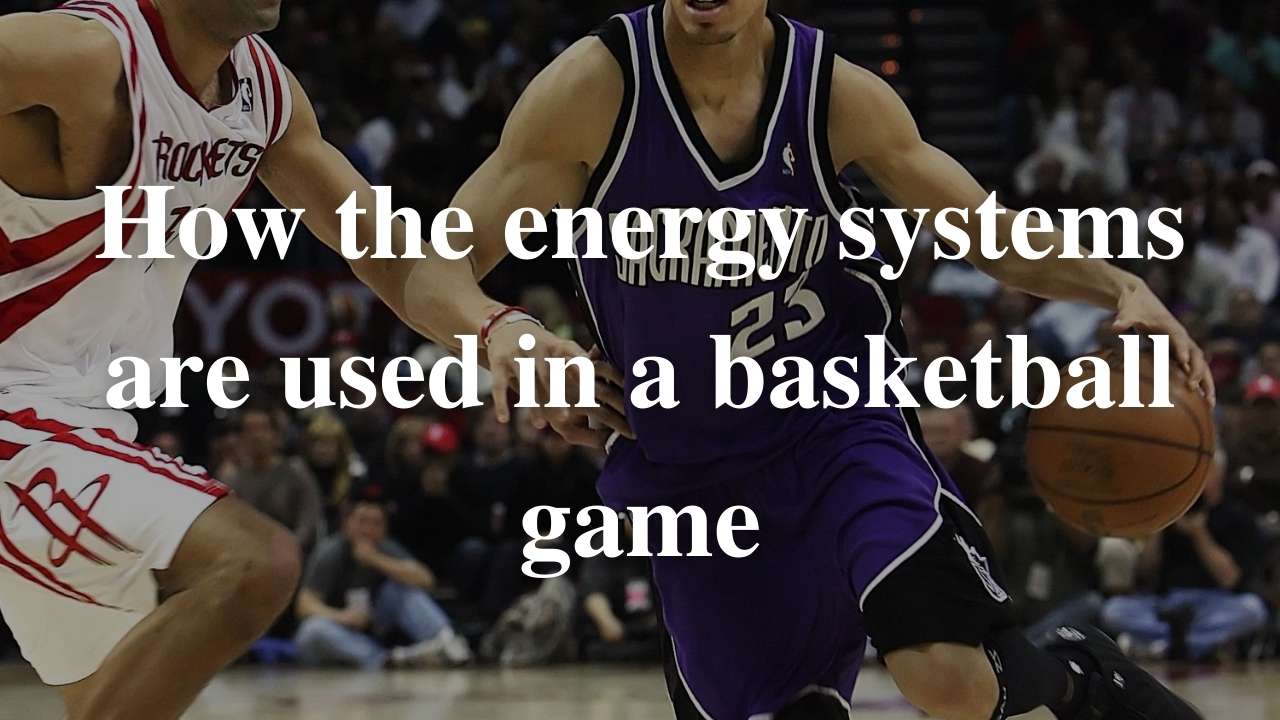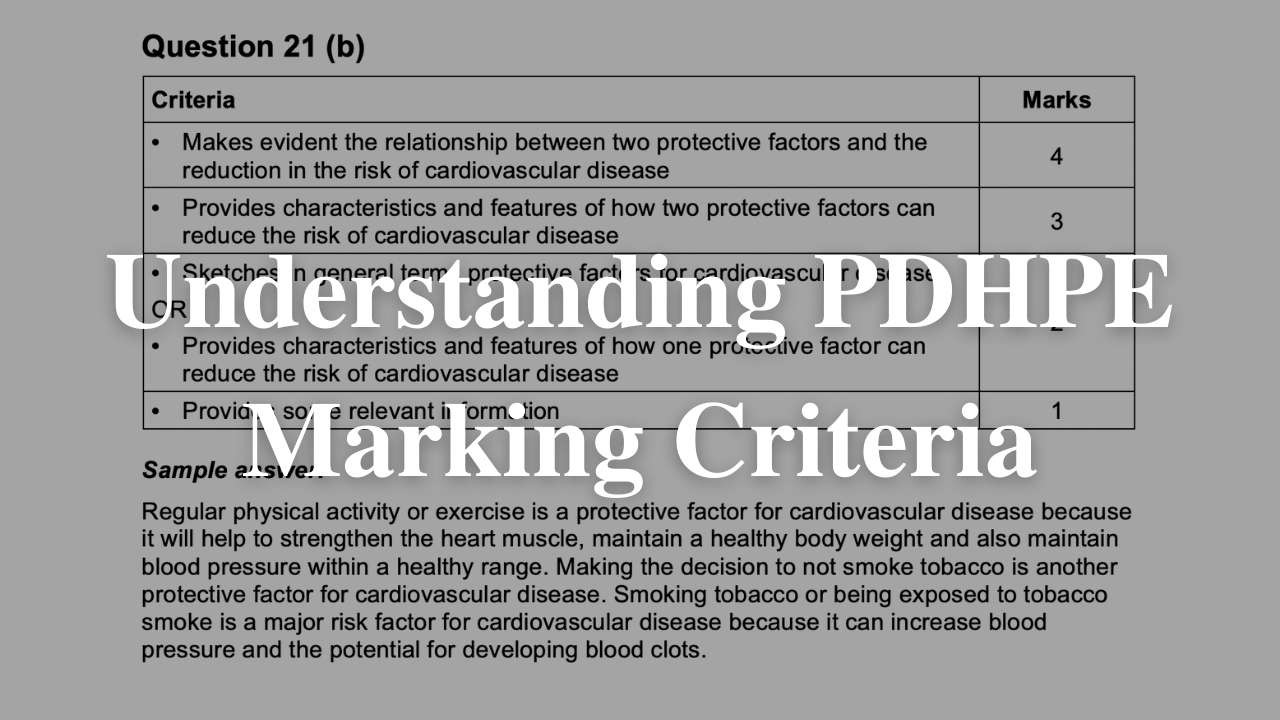All energy systems are about creating ATP. The faster you create ATP the larger the workload you are doing. If you can use the aerobic energy system to create that ATP you will have less bi-products and therefore less fatigue. For example, if I can run at 18km/h using predominantly my aerobic energy system I can sustain this speed for longer than if I have to rely more on my anaerobic systems which will produce acid causing fatigue, or will quickly run out of fuel.
The aerobic energy system is ALWAYS on. We are using it constantly, even at rest. The amount of ATP it produces is proportionate (reliant on) how much oxygen is being delivered to the muscles being used. The more oxygen you can deliver or better yet, the faster you can deliver oxygen, the more ATP can be produced from the aerobic energy system. So when we train, we want to stress this system in order to have our body adapt in a way to bring oxygen to the muscles faster.
So, aerobic energy system lasts basically forever. It will decrease when the muscle runs out of carbohydrates because ATP from fat is produced slower than when it is produced from carbs. It only produces water and CO2 as byproducts so it is our ideal energy system because these byproducts do not cause fatigue. As long as the delivery of O2 is fast enough for the intensity (which is about 85% MHR) we can keep exercising. The goal of training is to increase the workload for which the aerobic energy system can provide ATP reducing the use of the anaerobic systems, which cause fatigue.
Given the aerobic energy system lasts a long time the methods of training that are considered aerobic must also be long lasting. That is, aerobic training will generally last 20+ minutes. And best results will be achieved for performance when the duration matches that required in the performance. E.g. training for 90+ minutes for an adult male soccer player.
The three method of training mentioned in the HSC PDHPE syllabus are: continuous training, long interval training, and circuit training. Each of these methods lasts a long time in order to stress the aerobic energy system and the cardiovascular system because it is responsible for the delivery of oxygen to the muscles and the removal of the water and carbon-dioxide.
I would like to note at this point there is plenty of evidence to say you can achieve great aerobic adaptations and performance improvements using anaerobic training methods, such as high intensity interval training. But you don’t really need to talk about it in your exams.
Remembering the aerobic energy system is important when considering the application fo the principles of training to aerobic training.
Specificity
Aerobic training should first be specific to the aerobic energy system. That is, it should go for an extended period of time in order to stress this system. It is ideal for training to go for longer than 60 min and cause glycogen depletion in the muscles used for performance. Training should also be specific to the muscle groups used during performance and in the way they are used in performance. That is, if the sport requires lots of running in performance, then the training should also require running, not bike riding or swimming. These other ways of training may be useful, but are not the ideal. Specificity also relates to the method of training used. If the performance is a continuous use of the aerobic system, such as in a triathlon then continuous training should be used. However, if the sport is more like AFL where there is running and sprinting, jogging and walking, Fartlek or long interval training will be best because it more closely reflects the sports performance.
Thresholds
The aerobic training threshold is the intensity at which the aerobic energy system and the cardiovascular system (delivery of oxygen) is being stressed enough so that it causes physiological adaptations. This is usually around 65% and 70% MHR. Once crossed the athlete is in the aerobic training zone until they cross the anaerobic threshold, so they want to train between 65% and 80% MHR (remember these are rough guides of intensity and vary between athletes). It would be ideal for the athlete to train towards the upper end of the aerobic training zone, as this puts the most stress on the aerobic energy system and the cardiovascular system. The more stress it is under, the greater the adaptations will be. Aerobic training then wants to be at the top of the aerobic training zone for an extended period of time, and possibly even around the anaerobic threshold in order to try and increase the workload required to move into the anaerobic threshold. That is, we want the athlete to be able to deliver more oxygen and use the aerobic energy system at higher workloads, thus moving the anaerobic threshold to a higher workload.
Variety
Your body needs a stress in order to cause an adaptation. if an athlete does the same movements and exercises all the time the adaptations will become limited to those movements and muscles. Something different and new provides further stress and therefore, further adaptations. For example, if a soccer player only ever does long continuous runs they will not adapt the muscles required to change directions, or adapt the cardiovascular system to be able to adjust quickly to changes in intensity. Variety allows the athlete to adapt in a more wholistic and “well rounded” manner.
Progressive overload
Stress is required for adaptation. As an athlete adapts physiologically by increasing haemoglobin and stroke volume, for example, their current training workload becomes easier and actually lowers in intensity (because intensity is a %MHR and now they can do the workload at a lower heart rate due to more oxygen being delivered per heart beat). If the athlete stays at this workload they will stop adapting and plateau in performance. This is where progressive overload comes in. The athlete now needs to increase their workload in order to stress the aerobic energy system and the cardiovascular system. This stress then allows new adaptations to occur and continual improvements in performance.
Reversibility
The saying “use it or lose it” is very true for training and performance. If you don’t continue to use the aerobic systems at their capacity you will lose the adaptations as your body re-adjusts physiologically to the lower levels of use. So, in order to maintain the improvements in performance an athlete must continue to train at the limits of their ability.
Warm up and cool down
Warm ups are about getting the immediate physiological responses to happen so that the athlete is ready for performance. Aerobically, this means they want to increase their rate and depth of breathing, increase their heart rate, and dilute the blood vessels that deliver oxygen to the working muscles needed for performance. The cool down is to make sure all the extra fluid and waste is taken away and managed by the body. Aerobically, this is about removing the excess water, which results in swelling of the muscles used, and removing the carbon-dioxide.
Physiological adaptations for aerobic performance are all about increasing the delivery of O2 to the muscle.
- Increases in haemoglobin increase the amount of O2 being transported in each mL of blood.
- Increased myoglobin allows for faster transport of the O2 within the muscle itself getting it to the mitochondria where it is needed to allow the aerobic energy system to produce ATP.
- Increases in capillaries around the trained muscles increases the surface area for O2 transport into the muscle. Thats is, there are more points of contact for the O2 rich blood to pass the oxygen into the muscle and carbon-dioxide out of the muscle.
- A stronger and larger heart means it can pump more blood with each contraction resulting in a reduced resting HR and allowing greater workloads to be done at any heart rate. This means more work can be done below 85% MHR.
- Increased mitochondria means there are more sites across the muscle where aerobic ATP production can take place. there is also then less distance for this ATP to travel in order to get to contraction sites.
- Increased aerobic enzymes increase the efficiency of the aerobic energy system allowing for faster production of ATP. It means ATP can be produced at a faster rate to match the faster delivery of oxygen.
All of these adaptations are designed to increase Oxygen delivery to the working muscles so that the aerobic energy system can make more ATP at a faster rate. This means better performance because there is less reliance on the anaerobic systems which produce waste products that cause fatigue. The higher workloads can now be maintained using the aerobic system.





